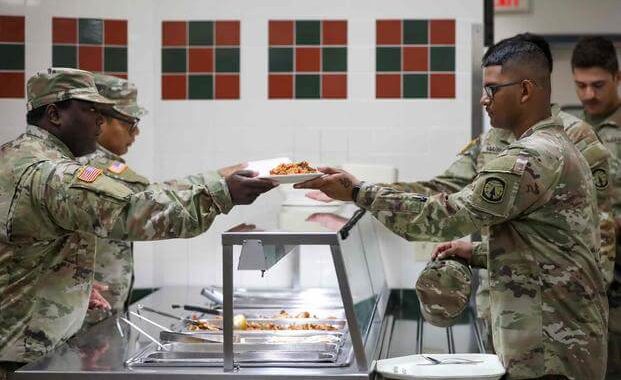Back to School? Most Major Schools are Heading Toward Online Class as COVID-19 Cases Spike
4 min readAs COVID-19 cases rise in most states, the prospect of in-person learning this fall at the country’s major school districts is becoming increasingly remote.
As of late Wednesday, 11 of the top 15 school systems by enrollment plan to start the fall semester online or in a hybrid of in-person and online classes, according to Education Week magazine’s reopening tracker. Other top districts shifted school schedules later, hoping for cases to decline or for teachers and administrators to have more time to plan for the school year.
As back-to-school season approaches, it’s highly likely the majority of big districts will start learning remotely while they work out plans for socially distant reopenings, said Annette Anderson, deputy director of the Johns Hopkins Center for Safe and Healthy Schools.
A USA TODAY analysis shows the country’s biggest school systems in far worse shape than they were this spring, as the school year waned toward a closing. In all, 11 of the 15 largest U.S. school systems are in communities adding COVID-19 cases at more than three times the rate they were in the two weeks ending May 1.
‘Scared for my life’:Teachers weigh risks of COVID-19
As case counts worsen, some districts’ plans for in-person classes have been superseded by state guidance or called into doubt by health officials.
Even before California issued guidance that nearly all state school districts must begin the academic year with distance learning, several schools had announced they would begin the term virtually, including the state’s two largest: Los Angeles, the second-largest district in the country, and San Diego.
Orange County School District, whose board had symbolically endorsed having schools open in-person, must move to online learning under this new guidance.
A parent’s guide to online school:9 questions to help vet your school’s online program
In Milwaukee, many of the city’s private and independent charter schools had been working under the assumption they could reopen with precautions. But the latest version of guidance from the state of Wisconsin bars all schools and universities from opening until the city enters Phase 5 – which won’t happen until the city meets several benchmarks, including seeing a downward trend in COVID-19’s spread. To reopen before then, schools will have to get individual approval from health officials.
In other districts around the USA, some school plans have clauses to implement online learning should COVID-19 cases grow.
Indianapolis Public Schools’ plan notes, “The district must be able to quickly implement e-learning for 100% of students if rolling closures occur,” although positive COVID-19 tests will be handled on a “case-by-case basis.”
How many cases would close schools? Most don’t have an answer
Opening online raises a host of equity issues, exposing deep divides in the American education experience. It’s “really more of a temporary solution” to the problems students and teachers face as cases of COVID-19 climb, Wilson said.
Wilson said COVID-19 exposed teacher shortages. Schools are not prepared to cover for a large number of sick teachers, she said.
Pushing back the start of classes gives schools a chance to prep.
California education chief:Not every school needs to stay away from in-person teaching
Atlanta Public Schools plan to start the first nine weeks of the school year online; public and private schools in Dallas cannot reopen for in-person instruction until after Sept. 8.
In Colorado, about 53,000 students lacked computers, and 66,000 families didn’t have reliable internet at home this spring, according to a survey by the Colorado Education Initiative. This fall, Denver Public Schools will begin the school year remotely with a pushed-back first day. The school ordered thousands of devices and Wi-Fi hot spots, and 93% of students have internet access, Denver Superintendent Susana Cordova told Colorado Public Radio.
In Texas, state leaders said they’ll provide $200 million from the federal Coronavirus Aid, Relief and Economic Security Act for computers and internet access.
These all are welcoming signs to Anderson.
“I think it is a sign that the districts want to do a much better job this fall when they reopen virtually than they were able to do” in March, she said.
‘This is hell’:Parents and kids hate online learning. How can we make it better?
Mike Stucka





